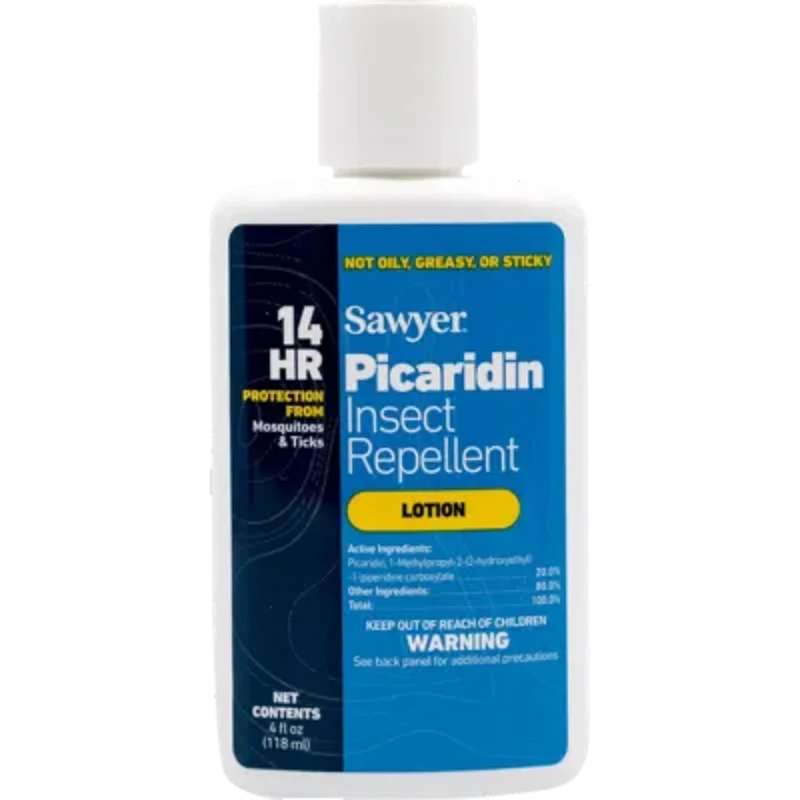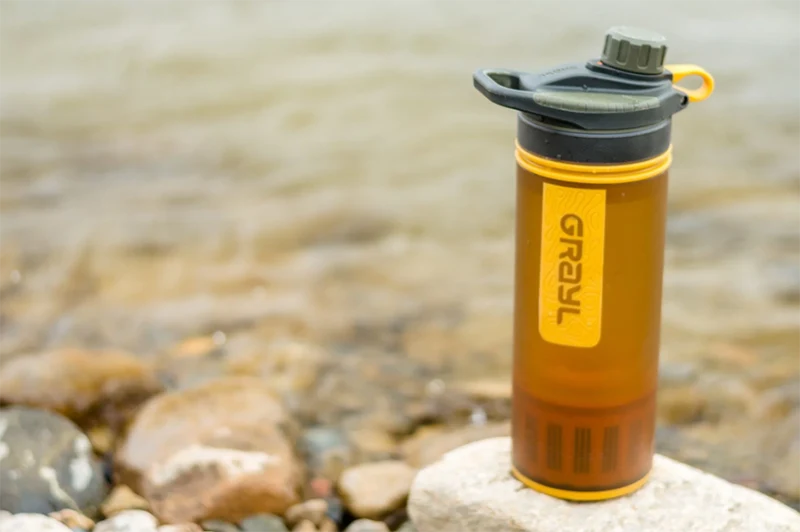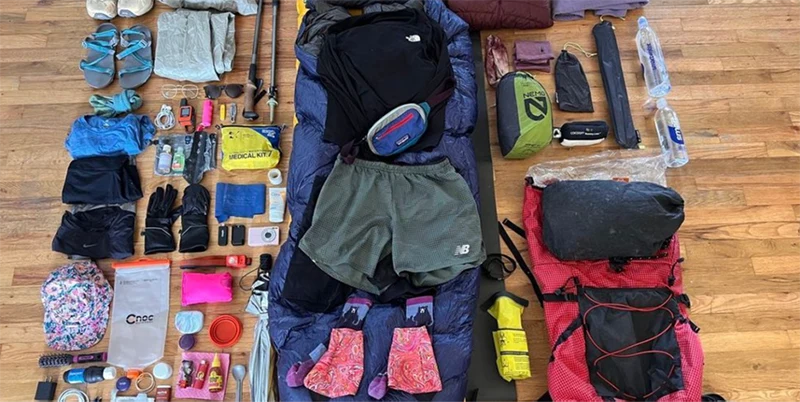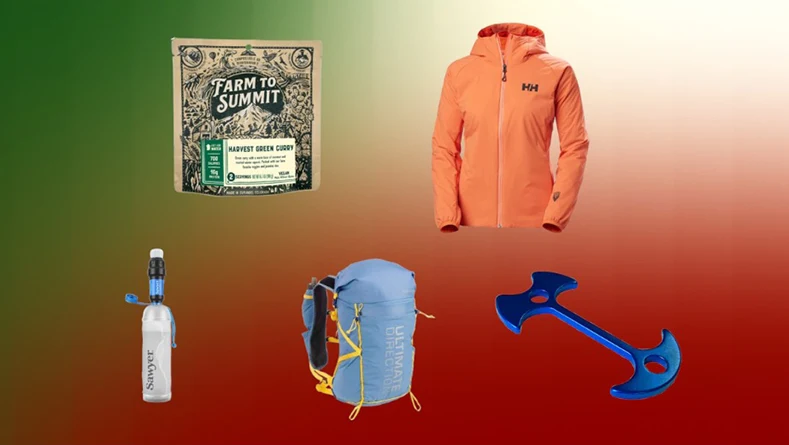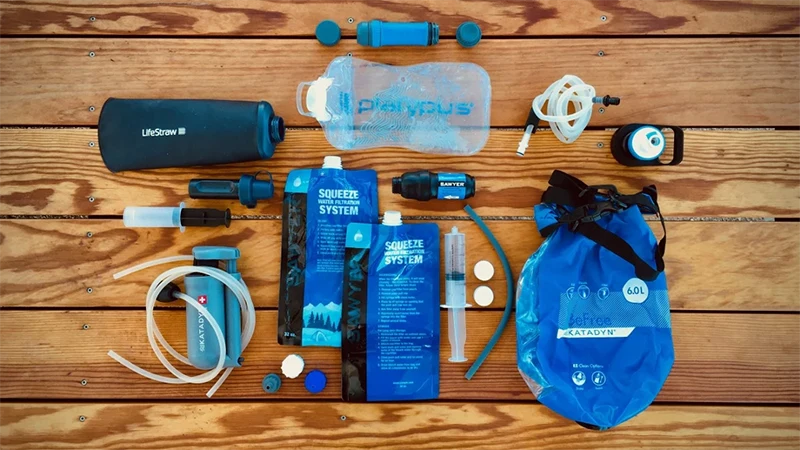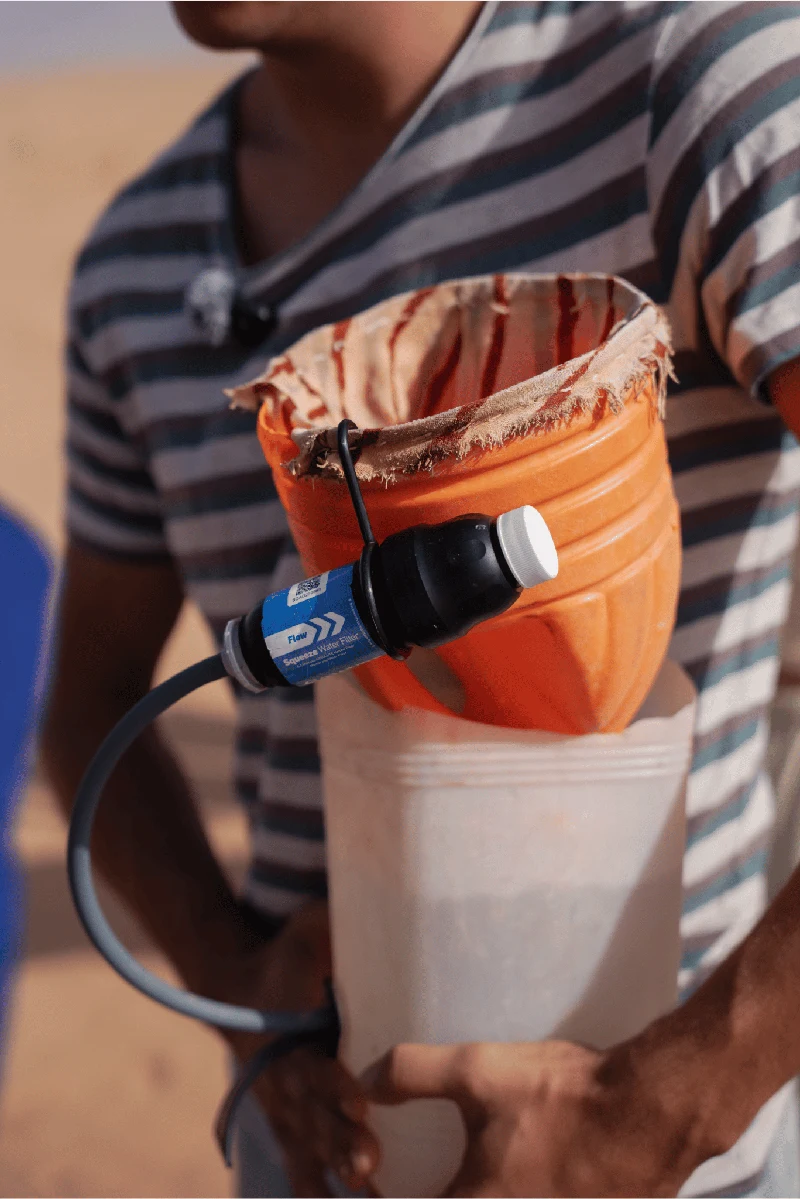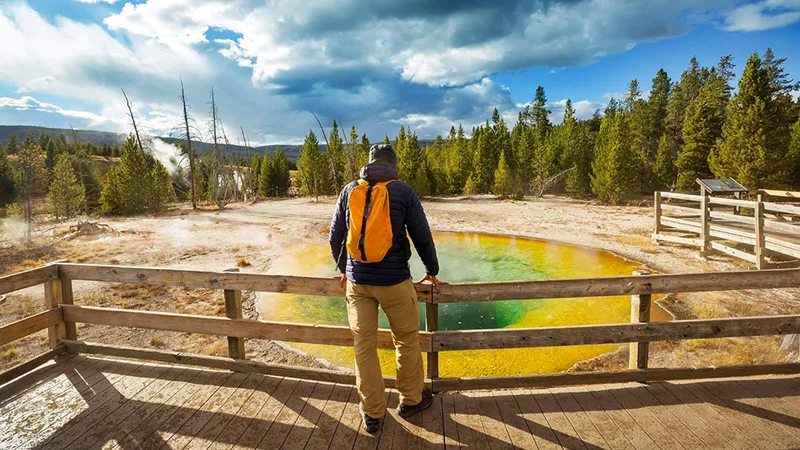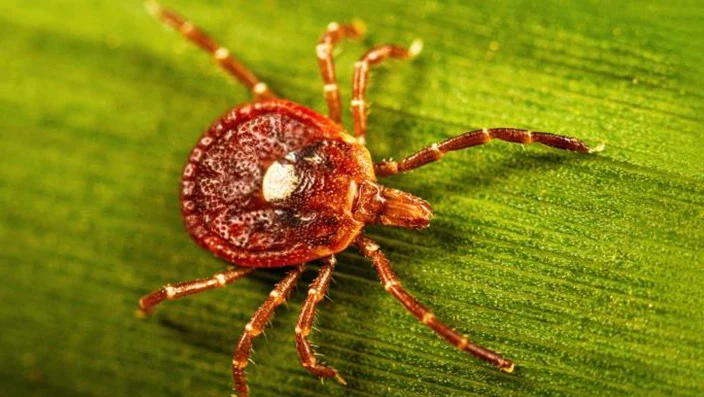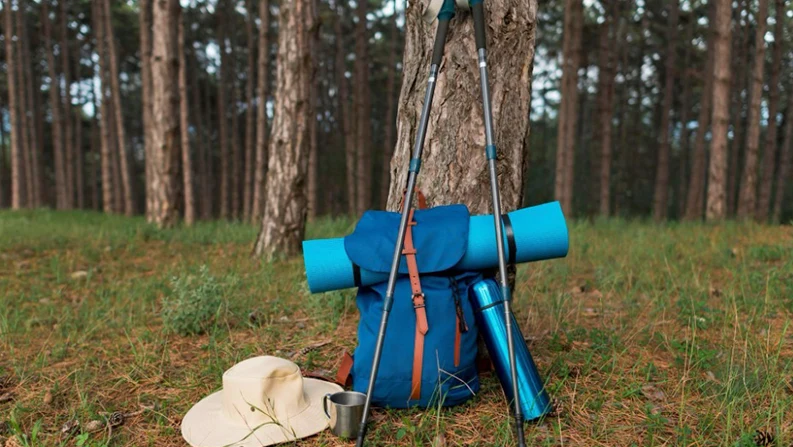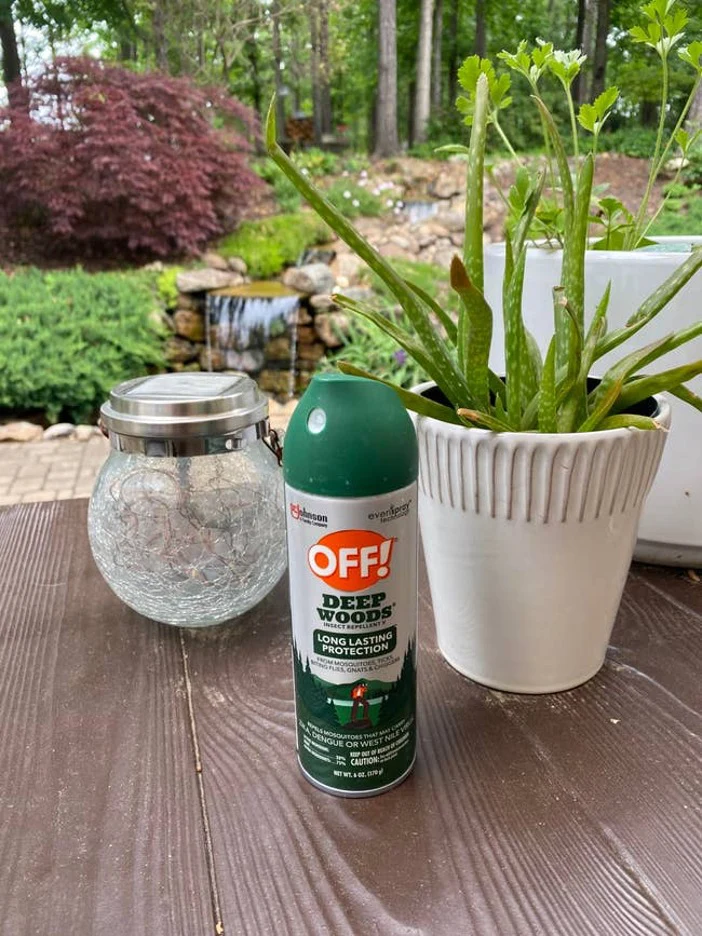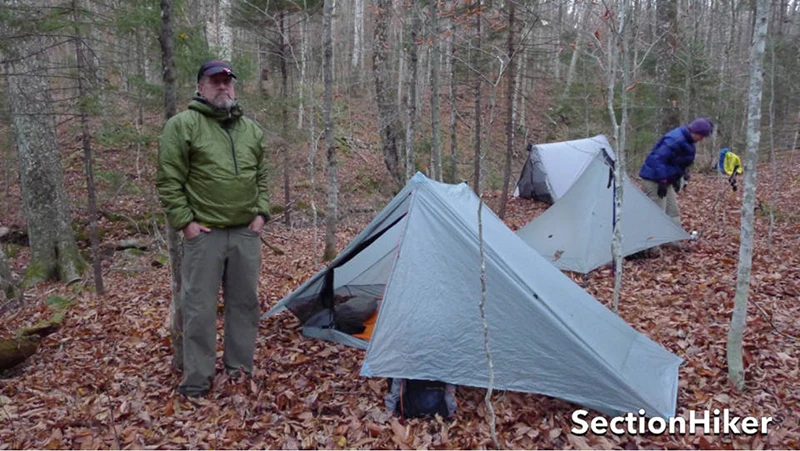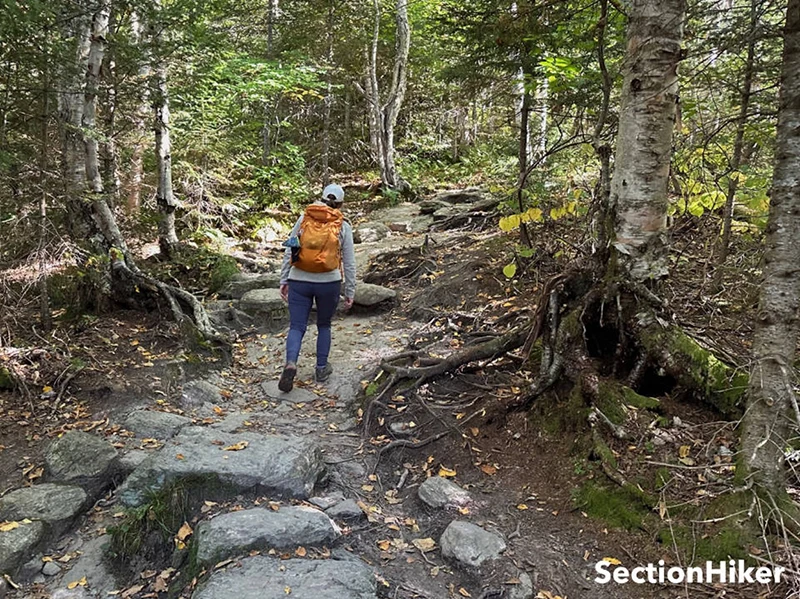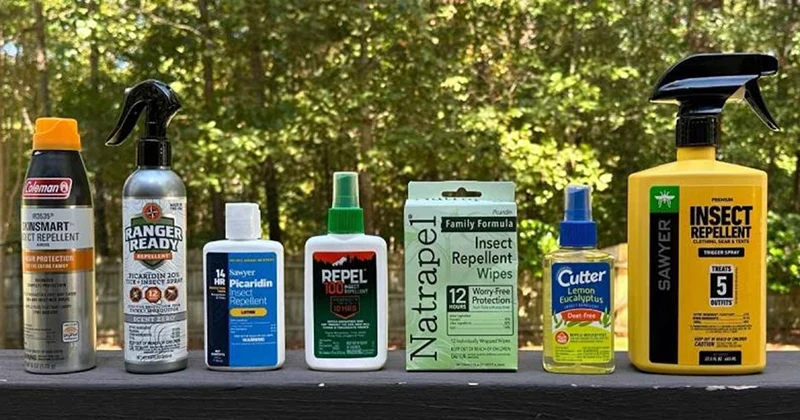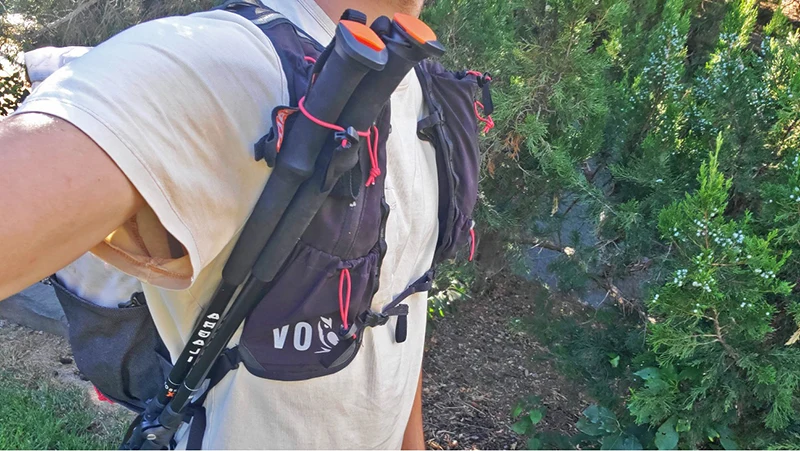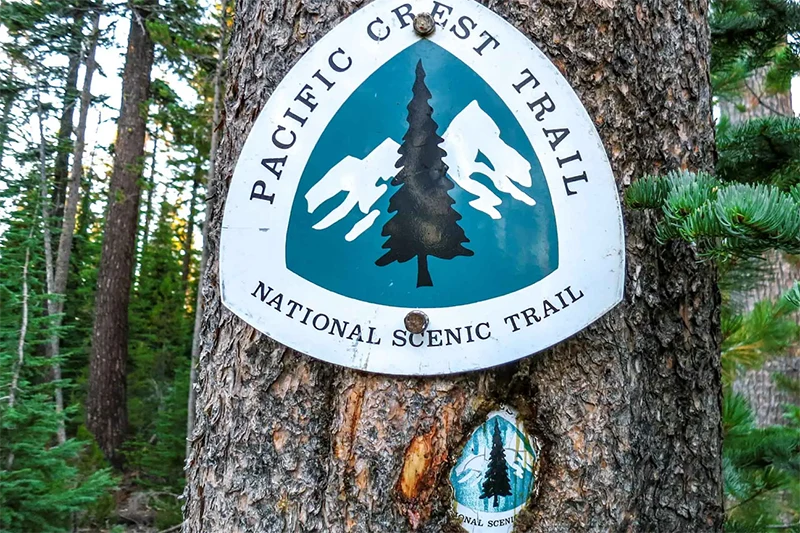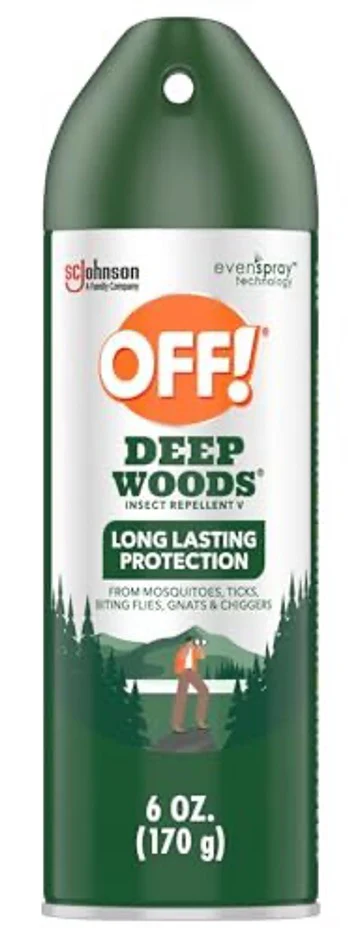Keeping Ticks at Bay on the Continental Divide
Keeping Ticks at Bay on the Continental Divide

Keeping Ticks at Bay on the Continental Divide
YouTube video highlight
Learn about ticks and the diseases they may carry on the CDT in this collaborative post with the Continental Divide Trail Coalition.
Read more about the projectPreparing for a great hike involves planning–even down to the smallest details. While some areas of the US have more ticks than others, ticks live in all of the lower 48, and it’s important not to overlook these small parasitic arachnids in your hiking preparations.
Before setting out on your adventure, familiarize yourself with the tick species that may be present in your area–the CDC has excellent tick distribution and surveillance information.

Let’s Talk Ticks
Along the Continental Divide Trail, the tick species you’re likely to encounter are the Brown Dog Tick and the Rocky Mountain Wood Tick. While tick bites are often associated with Lyme disease transmission, neither of these species transmits Lyme disease. However, both are common vectors for other tick-borne illnesses, including Rocky Mountain spotted fever, Colorado tick fever, and Tularemia.
Rocky Mountain Spotted Fever is considered one of the deadliest tick-borne diseases in the Americas, according to the CDC.
Historically, the disease plagued early Euro-American settlers to the Bitterroot Valley of Western Montana, where it was known to be fatal for nearly 4 out of 5 adult cases. Originally called “black measles” because of its characteristic rash, the disease was eventually connected to bacteria carried by ticks. Early symptoms of the illness include fever, malaise, vomiting, and headache. Prompt antibiotic treatment is required.

Unlike Rocky Mountain spotted fever, Colorado tick fever is caused by a virus, and no specific treatment is available.
The virus is most commonly detected in the Western US and Canada at elevations 4,000-10,000 feet, and typically causes fever, chills, and headaches.
Another tick-borne illness present along the CDT, Teluremia, can be found in all US States except Hawaii. It can be transmitted by dog ticks, wood ticks, lone star ticks, and deer flies. Caused by bacteria, it can often be treated with a round of antibiotics.
Strategies for Maximum Protection
Many tick-borne illnesses are difficult to diagnose, and many tick bites go undetected, so it’s important to avoid them as much as possible. Before you head out, plan ahead and prepare by following these tips:

- Apply Permethrin to your gear and clothes before your next adventure. A successful application of Permethrin can deter both ticks and mosquitos from your clothes for 6 weeks or 6 washes!
- Use Picaridin directly on your skin, to deter ticks, mosquitos, and biting flies! Studies have shown Picaridin to be more effective at deterring mosquitos and biting flies than DEET. It’s not greasy or oily and can be used on the whole family: pregnant people and kids as young as 6 months. Be sure to reapply as necessary during your adventures!
- Avoid contact with ticks by traveling in the center of the trail and avoiding bushy areas, areas with tall grass, or heavily wooded areas wherever possible.
- Perform tick checks regularly! Be sure to check your body thoroughly, including behind your knees, between your fingers and toes, your groin, underarms, and your head. Combing through your hair with a fine-toothed comb and showering can also help wash off undetected hitchhikers.
- Don’t forget your pets! People often pick up ticks from their four-legged adventure buddies. Be sure to check your pets by combing, and consider using topical deterrent on your dog as well! According to the National Institute of Health, pet owners are almost twice as likely to find a tick on them compared to homes without pets.
Finding an Attached Tick

If you do find a tick attached to your skin, you should remove it promptly. Some experts recommend taking a photo of the tick to aid in identification of tick species and lifecycle stage should you later develop symptoms.
To remove the tick, use tweezers to grab the tick as close to the skin as possible, and pull upwards with constant pressure.
After removing the tick, you should cleanse the area with soap and water. Should you develop a rash or fever, you should visit a healthcare provider promptly. (The CDC has a tick bite bot to assist with removing ticks and determining if you should seek further care!)
Products With a Purpose

In addition to keeping you protected on your adventures, every Sawyer Product you purchase supports clean water projects around the world. Sawyer donates over 90% of their profits to this work, and has over 140 charity partners across 80 countries making a monumental difference in people’s lives.
Keep your guard up! While ticks are most active in the warmer months, it’s important to note that ticks do not die off in the winter, and as the climate changes, tick season is expanding.
You don’t want to overlook these tiny bloodsuckers, so be sure to include tick preparation when planning for your next outdoor adventure.
Note: This article was made possible by a collaboration between Sawyer Products and the Continental Divide Trail Coalition. The original post can be found at the link here.
Keeping Ticks at Bay on the Continental Divide


Preparing for a great hike involves planning–even down to the smallest details. While some areas of the US have more ticks than others, ticks live in all of the lower 48, and it’s important not to overlook these small parasitic arachnids in your hiking preparations.
Before setting out on your adventure, familiarize yourself with the tick species that may be present in your area–the CDC has excellent tick distribution and surveillance information.

Let’s Talk Ticks
Along the Continental Divide Trail, the tick species you’re likely to encounter are the Brown Dog Tick and the Rocky Mountain Wood Tick. While tick bites are often associated with Lyme disease transmission, neither of these species transmits Lyme disease. However, both are common vectors for other tick-borne illnesses, including Rocky Mountain spotted fever, Colorado tick fever, and Tularemia.
Rocky Mountain Spotted Fever is considered one of the deadliest tick-borne diseases in the Americas, according to the CDC.
Historically, the disease plagued early Euro-American settlers to the Bitterroot Valley of Western Montana, where it was known to be fatal for nearly 4 out of 5 adult cases. Originally called “black measles” because of its characteristic rash, the disease was eventually connected to bacteria carried by ticks. Early symptoms of the illness include fever, malaise, vomiting, and headache. Prompt antibiotic treatment is required.

Unlike Rocky Mountain spotted fever, Colorado tick fever is caused by a virus, and no specific treatment is available.
The virus is most commonly detected in the Western US and Canada at elevations 4,000-10,000 feet, and typically causes fever, chills, and headaches.
Another tick-borne illness present along the CDT, Teluremia, can be found in all US States except Hawaii. It can be transmitted by dog ticks, wood ticks, lone star ticks, and deer flies. Caused by bacteria, it can often be treated with a round of antibiotics.
Strategies for Maximum Protection
Many tick-borne illnesses are difficult to diagnose, and many tick bites go undetected, so it’s important to avoid them as much as possible. Before you head out, plan ahead and prepare by following these tips:

- Apply Permethrin to your gear and clothes before your next adventure. A successful application of Permethrin can deter both ticks and mosquitos from your clothes for 6 weeks or 6 washes!
- Use Picaridin directly on your skin, to deter ticks, mosquitos, and biting flies! Studies have shown Picaridin to be more effective at deterring mosquitos and biting flies than DEET. It’s not greasy or oily and can be used on the whole family: pregnant people and kids as young as 6 months. Be sure to reapply as necessary during your adventures!
- Avoid contact with ticks by traveling in the center of the trail and avoiding bushy areas, areas with tall grass, or heavily wooded areas wherever possible.
- Perform tick checks regularly! Be sure to check your body thoroughly, including behind your knees, between your fingers and toes, your groin, underarms, and your head. Combing through your hair with a fine-toothed comb and showering can also help wash off undetected hitchhikers.
- Don’t forget your pets! People often pick up ticks from their four-legged adventure buddies. Be sure to check your pets by combing, and consider using topical deterrent on your dog as well! According to the National Institute of Health, pet owners are almost twice as likely to find a tick on them compared to homes without pets.
Finding an Attached Tick

If you do find a tick attached to your skin, you should remove it promptly. Some experts recommend taking a photo of the tick to aid in identification of tick species and lifecycle stage should you later develop symptoms.
To remove the tick, use tweezers to grab the tick as close to the skin as possible, and pull upwards with constant pressure.
After removing the tick, you should cleanse the area with soap and water. Should you develop a rash or fever, you should visit a healthcare provider promptly. (The CDC has a tick bite bot to assist with removing ticks and determining if you should seek further care!)
Products With a Purpose

In addition to keeping you protected on your adventures, every Sawyer Product you purchase supports clean water projects around the world. Sawyer donates over 90% of their profits to this work, and has over 140 charity partners across 80 countries making a monumental difference in people’s lives.
Keep your guard up! While ticks are most active in the warmer months, it’s important to note that ticks do not die off in the winter, and as the climate changes, tick season is expanding.
You don’t want to overlook these tiny bloodsuckers, so be sure to include tick preparation when planning for your next outdoor adventure.
Note: This article was made possible by a collaboration between Sawyer Products and the Continental Divide Trail Coalition. The original post can be found at the link here.
Keeping Ticks at Bay on the Continental Divide


Preparing for a great hike involves planning–even down to the smallest details. While some areas of the US have more ticks than others, ticks live in all of the lower 48, and it’s important not to overlook these small parasitic arachnids in your hiking preparations.
Before setting out on your adventure, familiarize yourself with the tick species that may be present in your area–the CDC has excellent tick distribution and surveillance information.

Let’s Talk Ticks
Along the Continental Divide Trail, the tick species you’re likely to encounter are the Brown Dog Tick and the Rocky Mountain Wood Tick. While tick bites are often associated with Lyme disease transmission, neither of these species transmits Lyme disease. However, both are common vectors for other tick-borne illnesses, including Rocky Mountain spotted fever, Colorado tick fever, and Tularemia.
Rocky Mountain Spotted Fever is considered one of the deadliest tick-borne diseases in the Americas, according to the CDC.
Historically, the disease plagued early Euro-American settlers to the Bitterroot Valley of Western Montana, where it was known to be fatal for nearly 4 out of 5 adult cases. Originally called “black measles” because of its characteristic rash, the disease was eventually connected to bacteria carried by ticks. Early symptoms of the illness include fever, malaise, vomiting, and headache. Prompt antibiotic treatment is required.

Unlike Rocky Mountain spotted fever, Colorado tick fever is caused by a virus, and no specific treatment is available.
The virus is most commonly detected in the Western US and Canada at elevations 4,000-10,000 feet, and typically causes fever, chills, and headaches.
Another tick-borne illness present along the CDT, Teluremia, can be found in all US States except Hawaii. It can be transmitted by dog ticks, wood ticks, lone star ticks, and deer flies. Caused by bacteria, it can often be treated with a round of antibiotics.
Strategies for Maximum Protection
Many tick-borne illnesses are difficult to diagnose, and many tick bites go undetected, so it’s important to avoid them as much as possible. Before you head out, plan ahead and prepare by following these tips:

- Apply Permethrin to your gear and clothes before your next adventure. A successful application of Permethrin can deter both ticks and mosquitos from your clothes for 6 weeks or 6 washes!
- Use Picaridin directly on your skin, to deter ticks, mosquitos, and biting flies! Studies have shown Picaridin to be more effective at deterring mosquitos and biting flies than DEET. It’s not greasy or oily and can be used on the whole family: pregnant people and kids as young as 6 months. Be sure to reapply as necessary during your adventures!
- Avoid contact with ticks by traveling in the center of the trail and avoiding bushy areas, areas with tall grass, or heavily wooded areas wherever possible.
- Perform tick checks regularly! Be sure to check your body thoroughly, including behind your knees, between your fingers and toes, your groin, underarms, and your head. Combing through your hair with a fine-toothed comb and showering can also help wash off undetected hitchhikers.
- Don’t forget your pets! People often pick up ticks from their four-legged adventure buddies. Be sure to check your pets by combing, and consider using topical deterrent on your dog as well! According to the National Institute of Health, pet owners are almost twice as likely to find a tick on them compared to homes without pets.
Finding an Attached Tick

If you do find a tick attached to your skin, you should remove it promptly. Some experts recommend taking a photo of the tick to aid in identification of tick species and lifecycle stage should you later develop symptoms.
To remove the tick, use tweezers to grab the tick as close to the skin as possible, and pull upwards with constant pressure.
After removing the tick, you should cleanse the area with soap and water. Should you develop a rash or fever, you should visit a healthcare provider promptly. (The CDC has a tick bite bot to assist with removing ticks and determining if you should seek further care!)
Products With a Purpose

In addition to keeping you protected on your adventures, every Sawyer Product you purchase supports clean water projects around the world. Sawyer donates over 90% of their profits to this work, and has over 140 charity partners across 80 countries making a monumental difference in people’s lives.
Keep your guard up! While ticks are most active in the warmer months, it’s important to note that ticks do not die off in the winter, and as the climate changes, tick season is expanding.
You don’t want to overlook these tiny bloodsuckers, so be sure to include tick preparation when planning for your next outdoor adventure.





.png)



